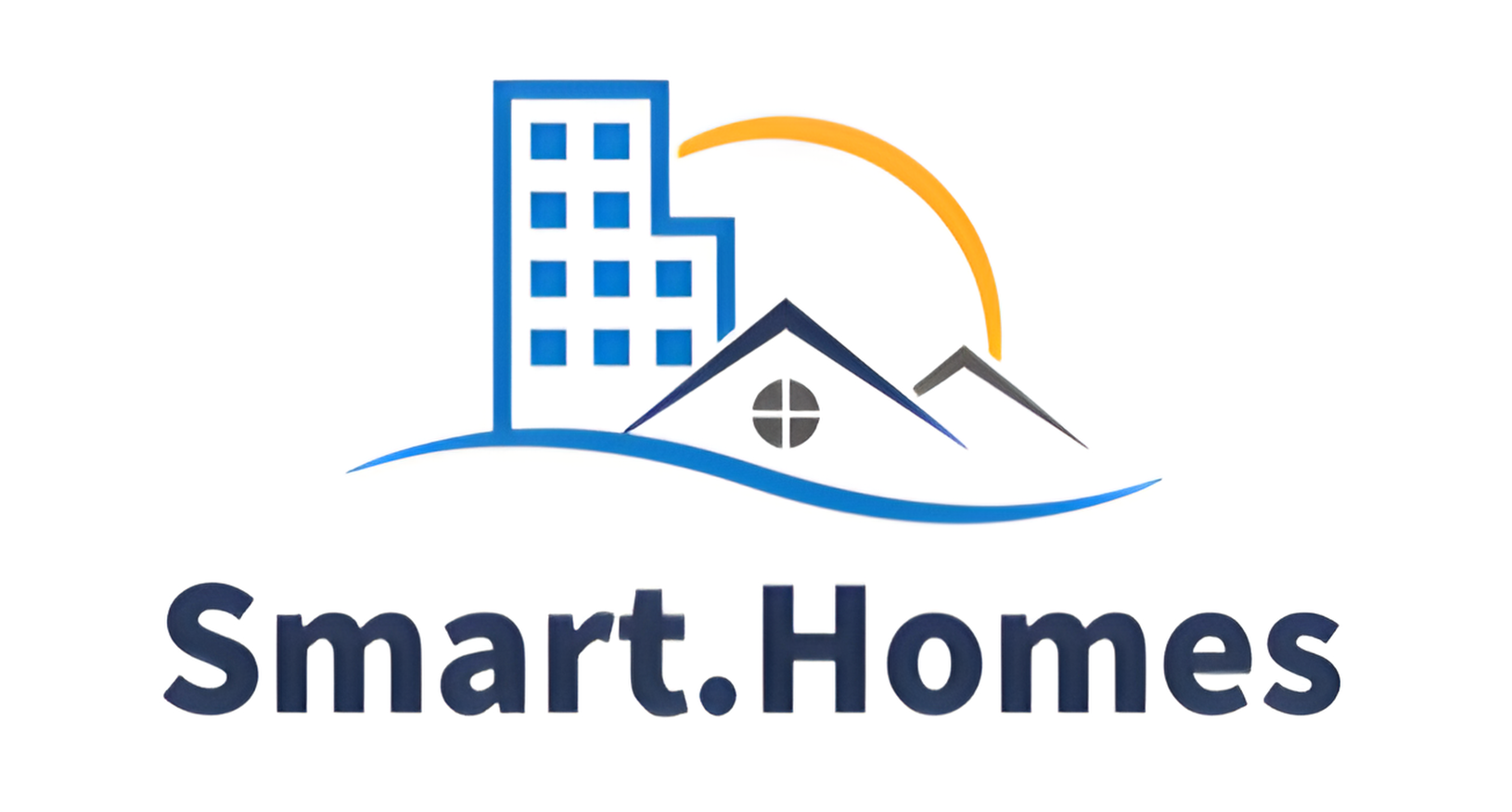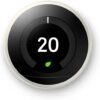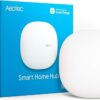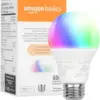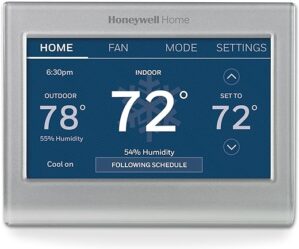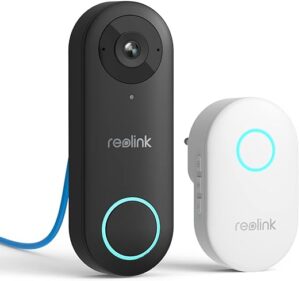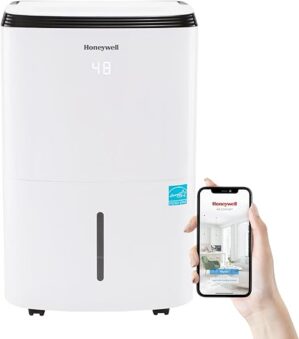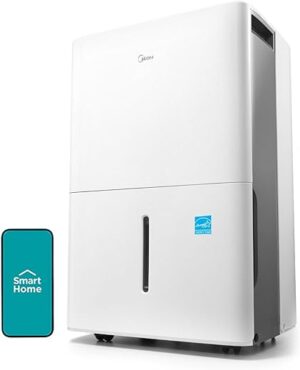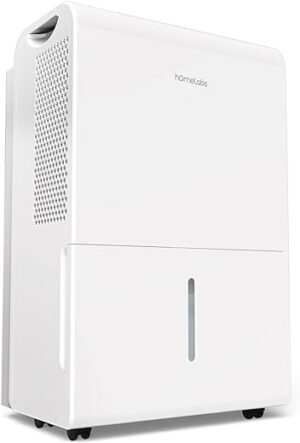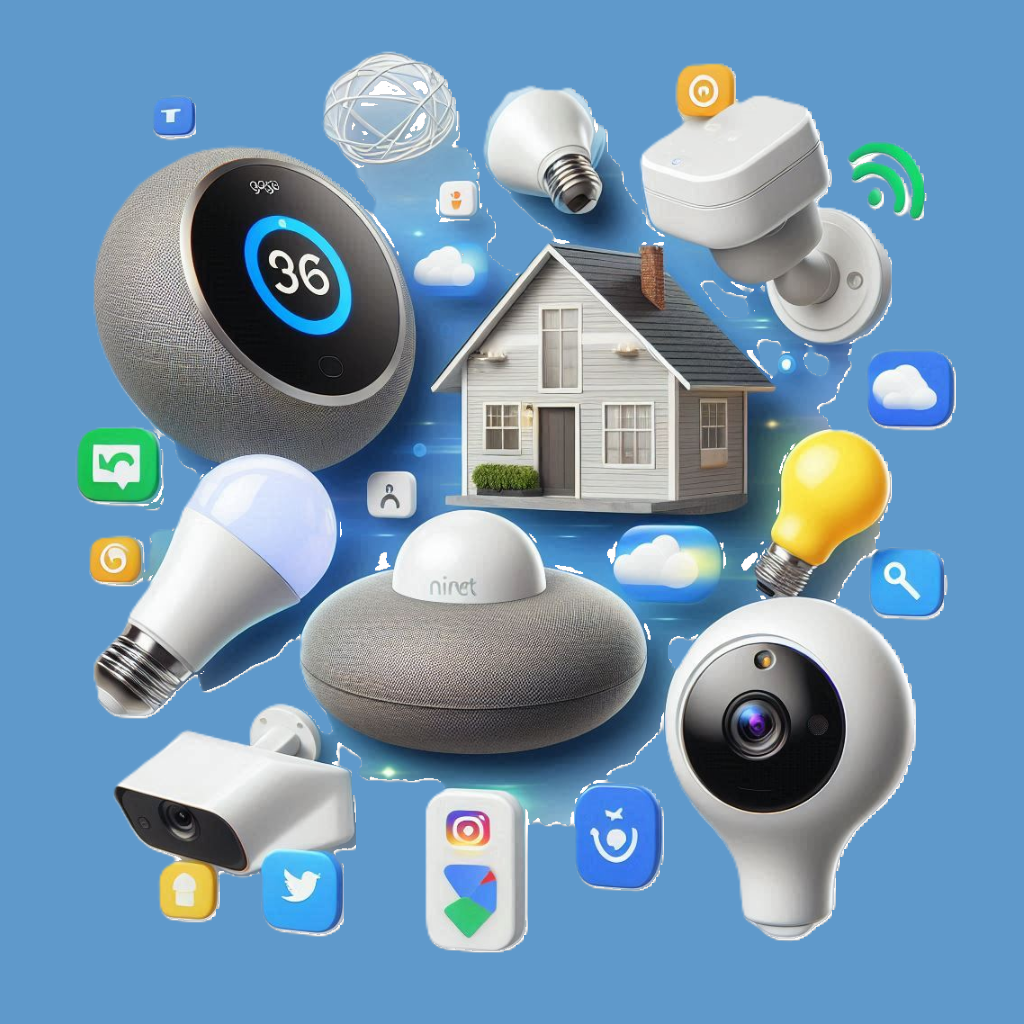
Smart.Homes is your friendly guide to discovering the best home automation solutions, snagging amazing deals, and making smart choices with our handy price comparisons. Let’s make your home smarter together!
Find Your Deal Now
Discover the hottest deals
Added to wishlistRemoved from wishlist 0

Original price was: $23.99.$11.90Current price is: $11.90.
+ 11 more
Hifree Table Lamp, Bedside Lamp with 3 Levels of Brightness, RGB Color Cycling Desk Lamp, 360°Touch Sensitive Lamp for Bedroom(Light Grey) (Light Grey)
Added to wishlistRemoved from wishlist 0
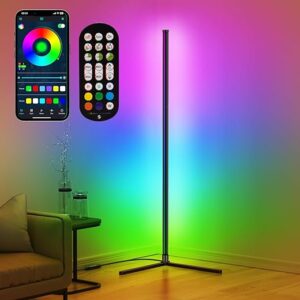
Original price was: $49.99.$39.98Current price is: $39.98.
+ 4 more
LED Corner Lamp, RGB Corner Floor Lamp with APP and Remote Control, 16 Million Colors & 68+ Scene Color Changing Ambience Light with Music Sync for Living Room, Bedroom, Gaming Room
Added to wishlistRemoved from wishlist 0
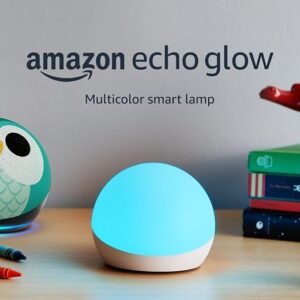
Original price was: $49.99.$39.98Current price is: $39.98.
+ 5 more
Echo Glow – Multicolor smart lamp, Works with Alexa
Added to wishlistRemoved from wishlist 0
Check latest reviews and news
Discover rumors, news, comparisons
Amazon Alexa Ecosystem
Fire TV
Fire TV is a media streaming platform developed by Amazon that allows users to access a …
Amazon Alexa Ecosystem
Eco Speakers
The Echo speaker is a smart speaker developed by Amazon that is powered by Amazon’s …
